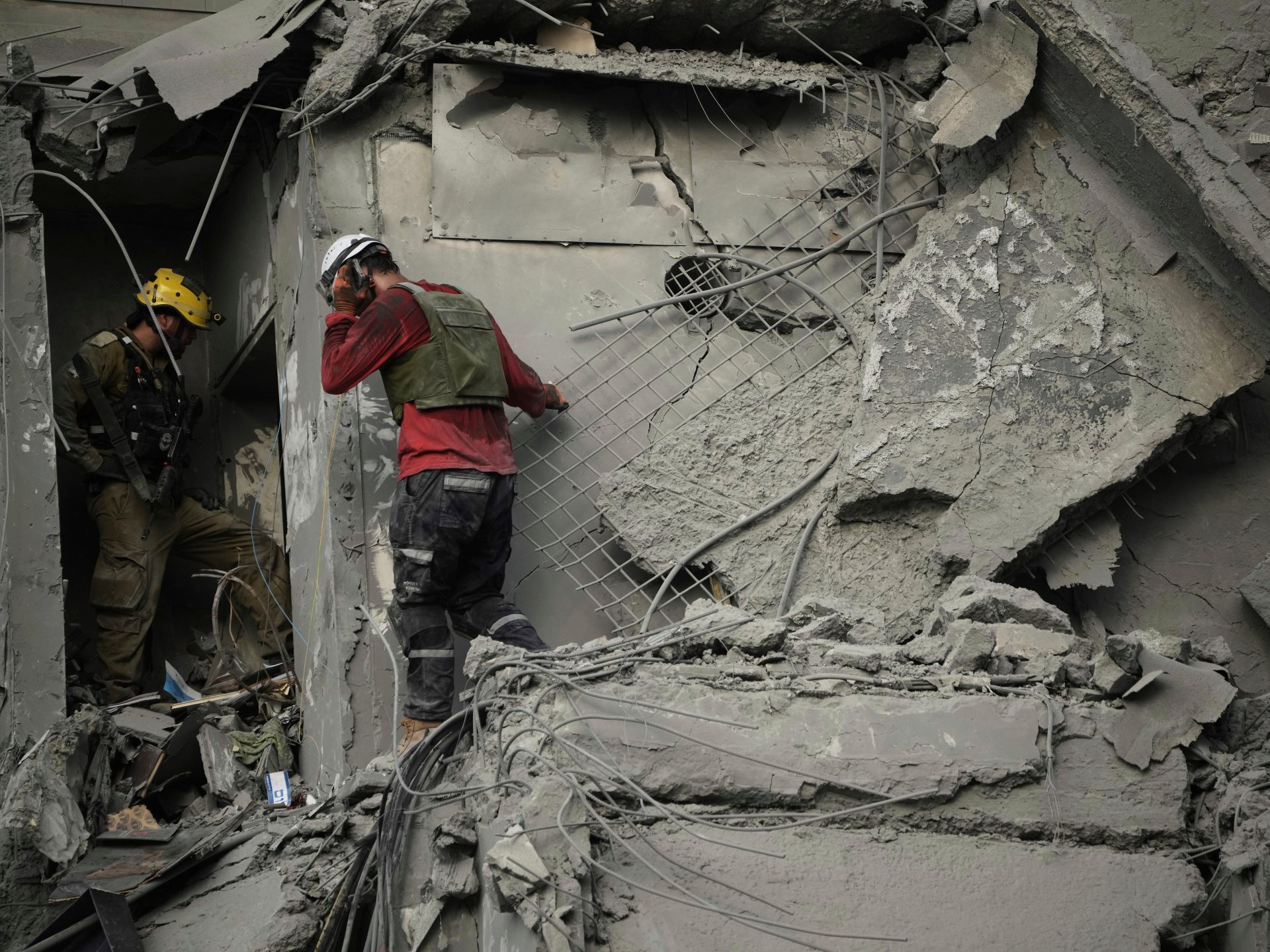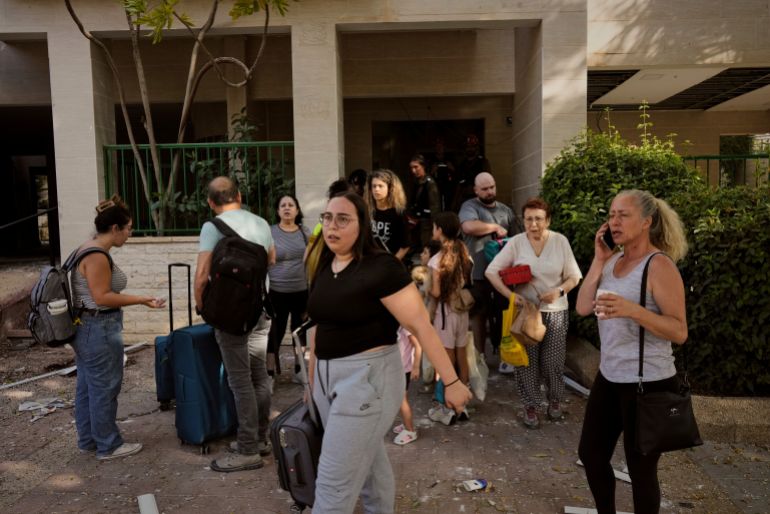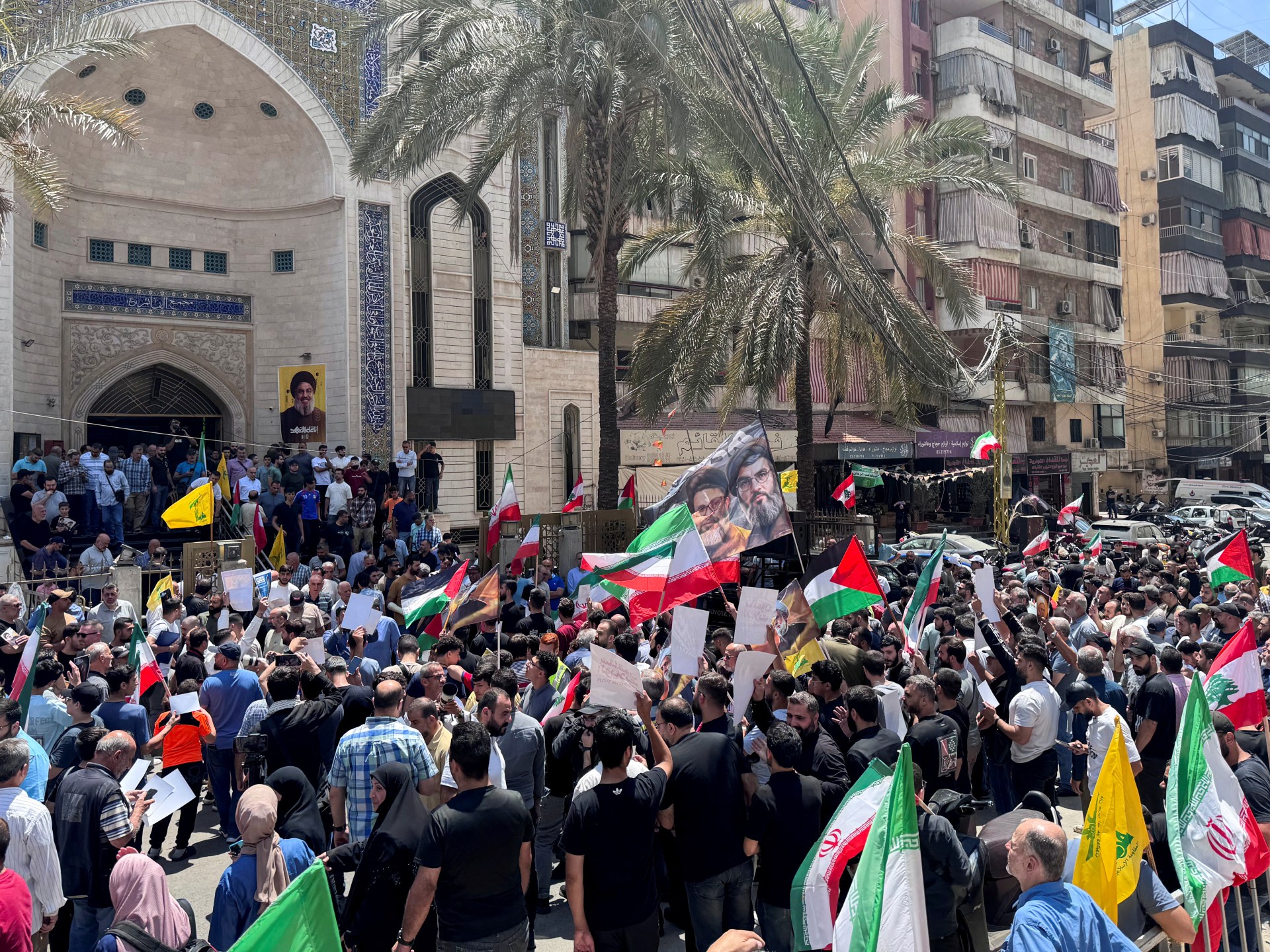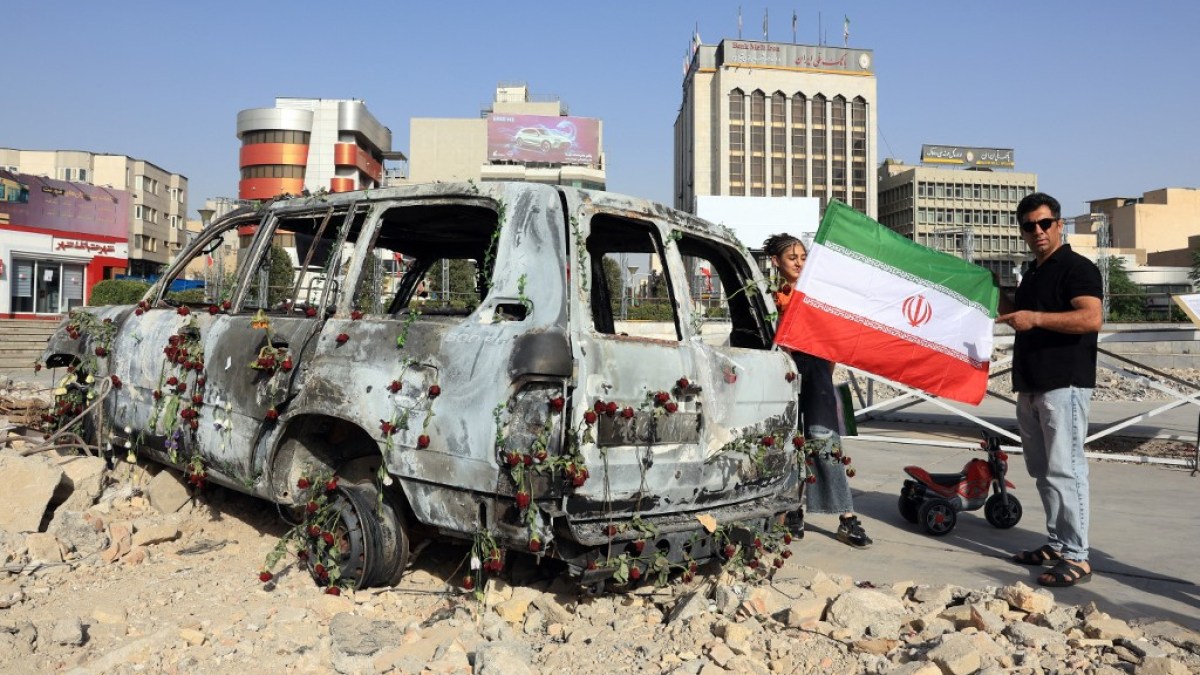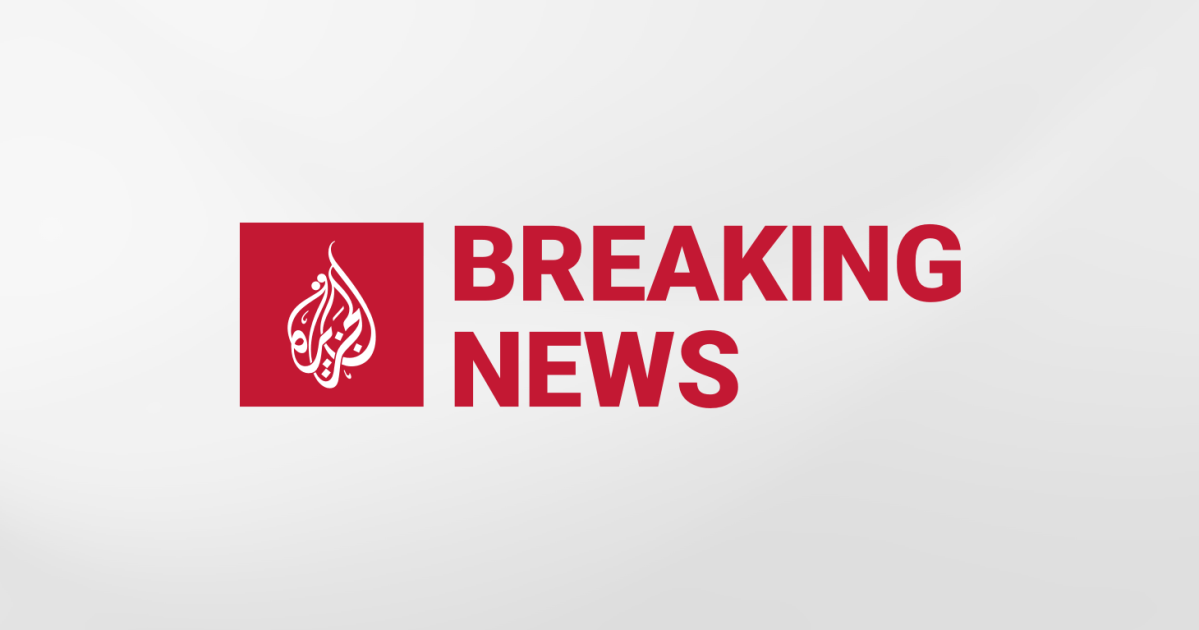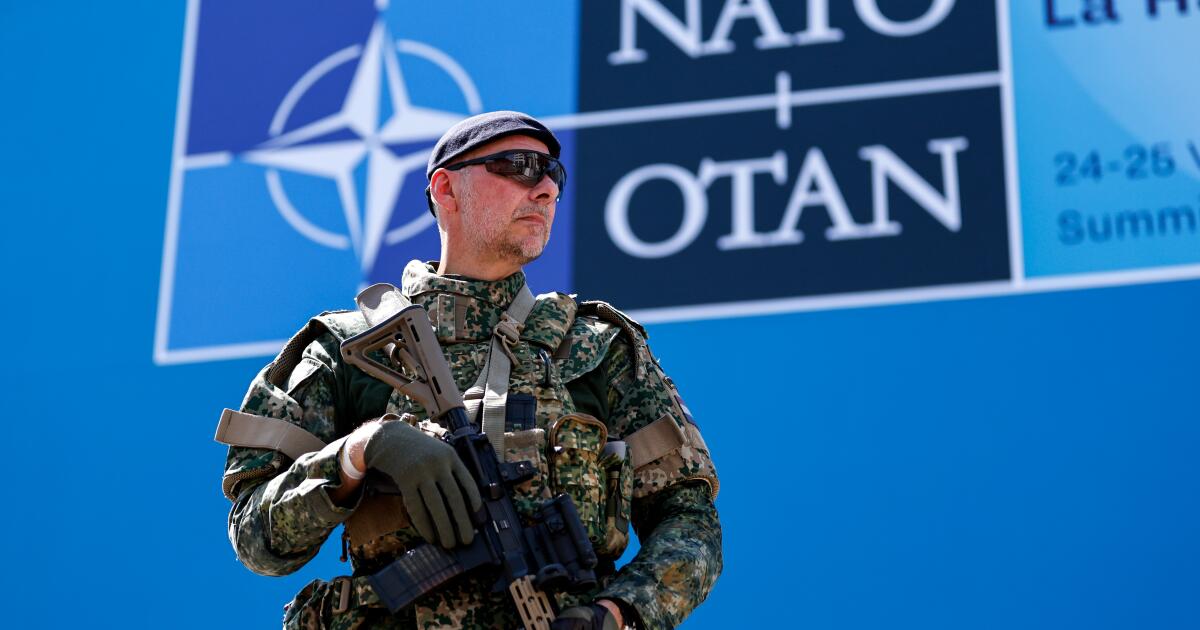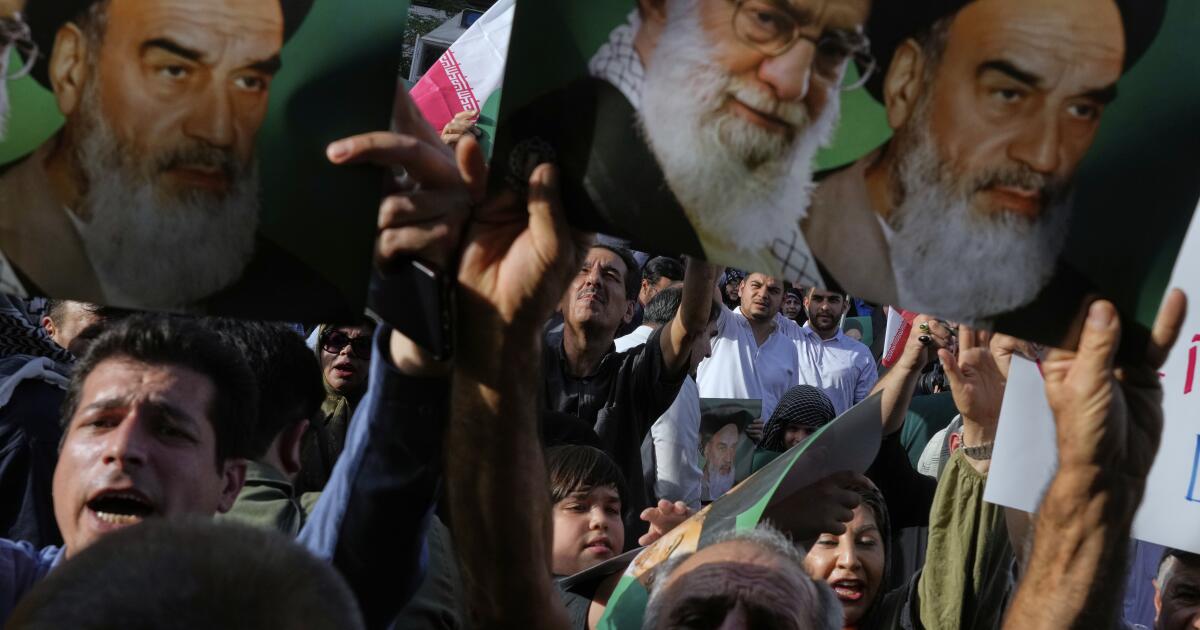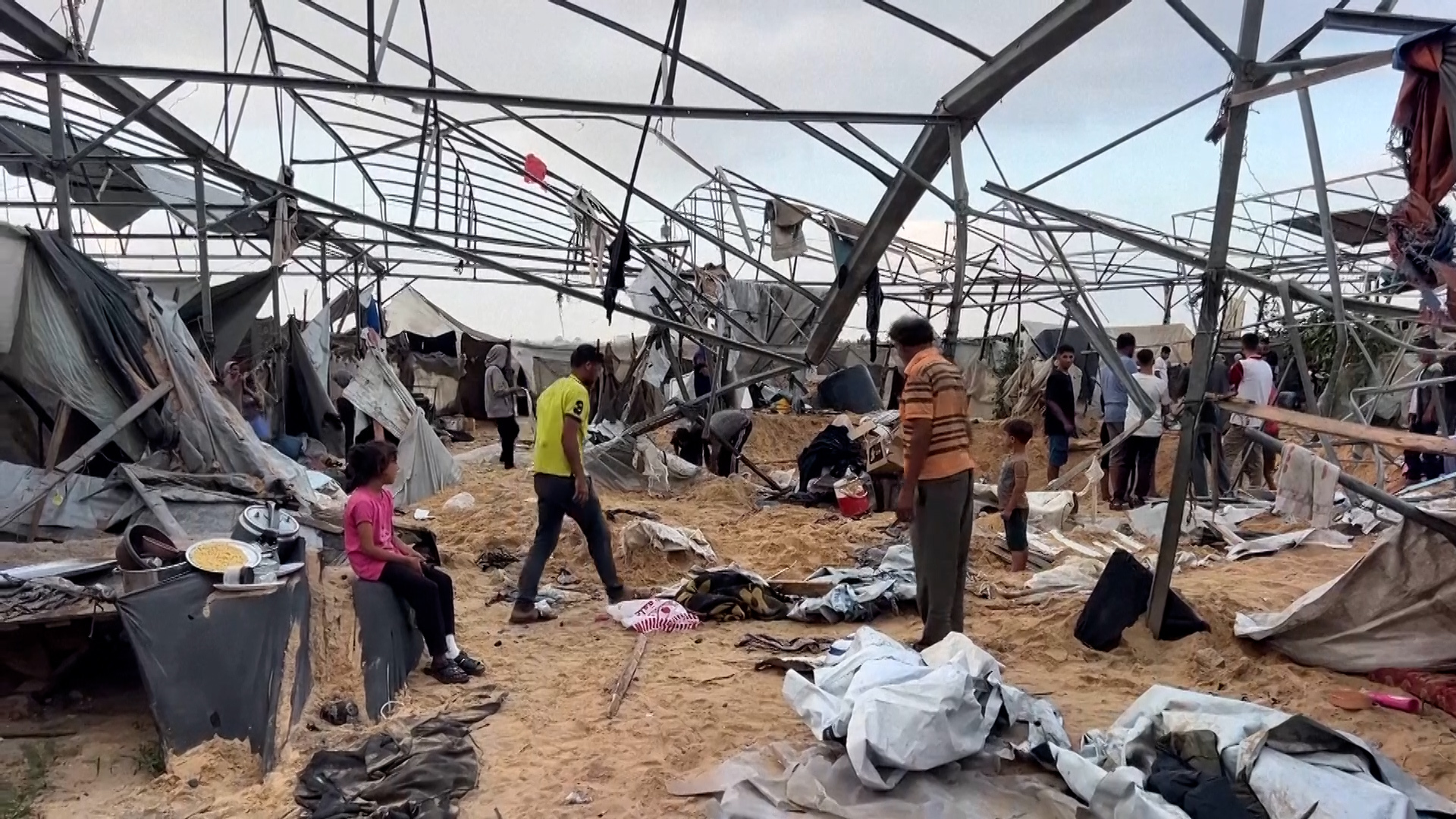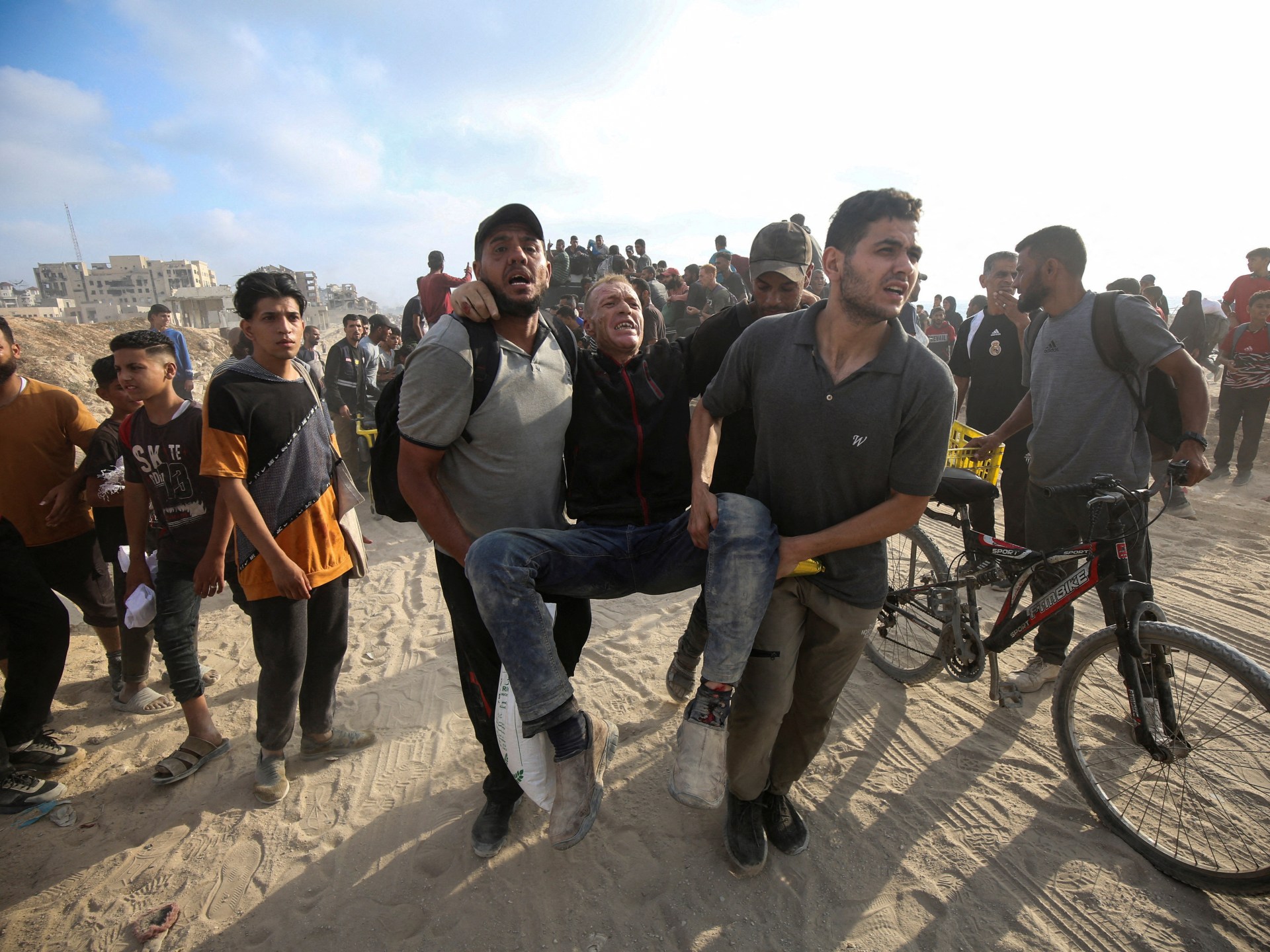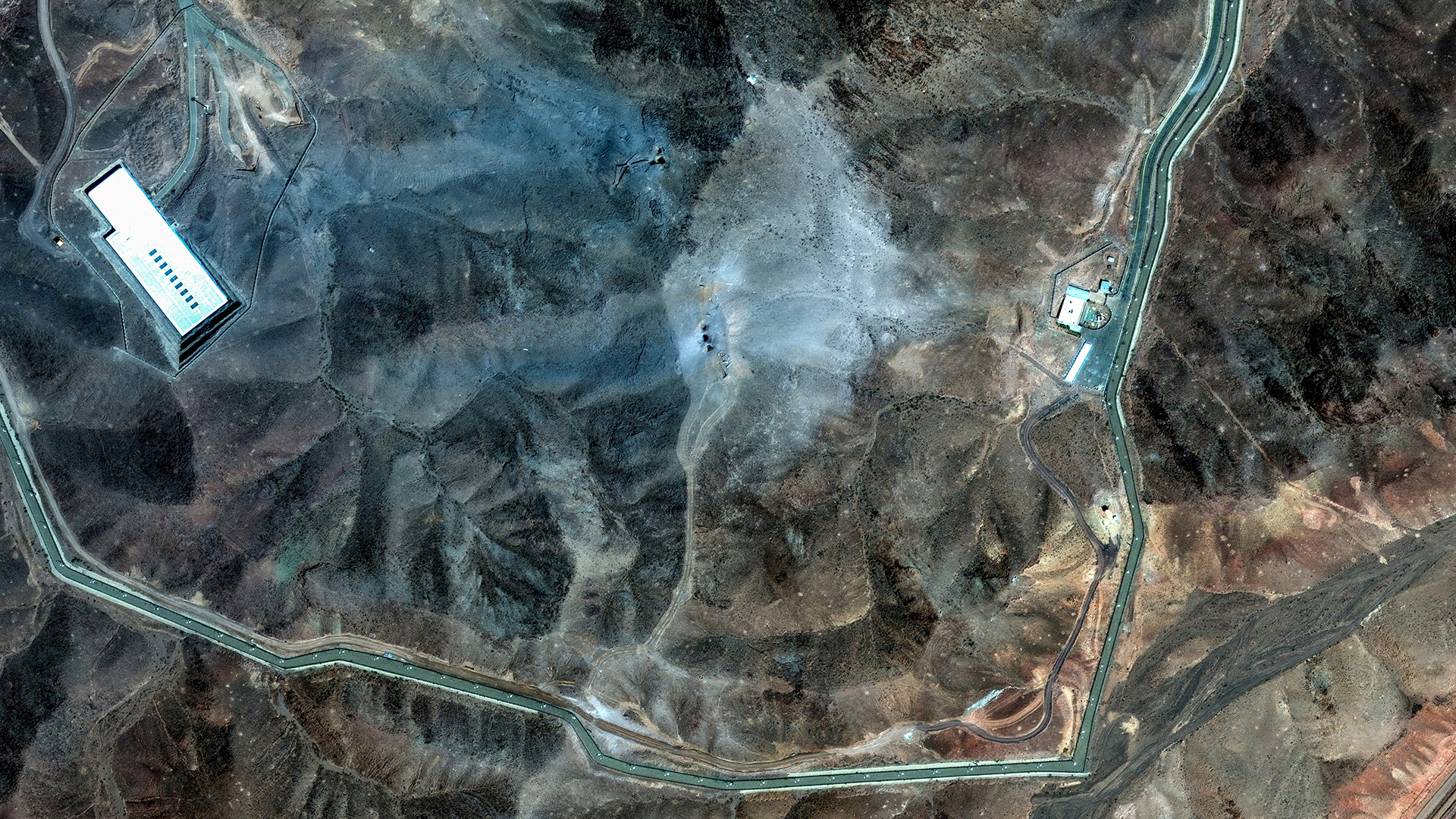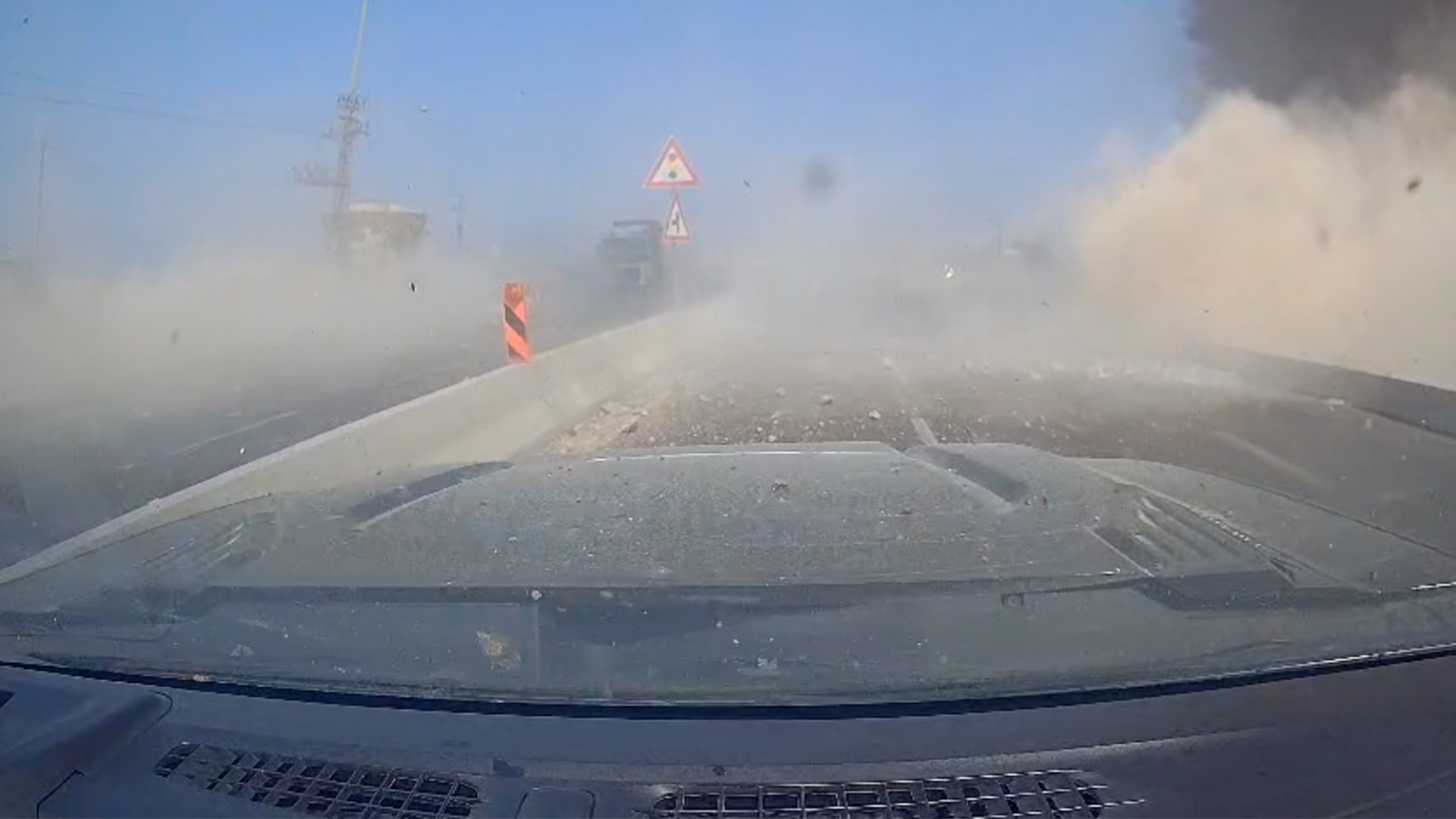June 23 (UPI) — President Donald Trump early Tuesday announced a cease-fire between Israel and Iran was in effect, seven hours after he announced plans for the truce, half a day after Iran struck a U.S. military base in Qatar and 11 days after Israel’s first airstrikes.
After his 6 p.m. Monday truce plans, Trump posted on Truth Social after 1 a.m. EDT: “THE CEASEFIRE IS NOW IN EFFECT. PLEASE DO NOT VIOLATE IT! DONALD J. TRUMP, PRESIDENT OF THE UNITED STATES!”
On Tuesday morning in Iran and Israel, media in both countries reported the cease-fire began after strikes were reported on both sides.
Earlier, Trump posted on Truth Social that the war pause would take effect just after midnight on the U.S. East Coast, with the war slated to officially end a day later.
The U.S. president said there are two 12-hour cease-fire periods, starting with Iran and then Israel.
Iran’s Foreign Minister Abbas Araghchi said his nation would stop fighting if Israel stops strikes, posting on X: “The military operations of our powerful Armed Forces to punish Israel for its aggression continued until the very last minute, at 4 a.m. [8 p.m. EDT[.”
Israel hadn’t confirmed the cease-fire and Israeli Prime Minister Benjamin Netanyahu was meeting with his security cabinet, a source told CNN.
“During each CEASEFIRE, the other side will remain PEACEFUL and RESPECTFUL.” Trump wrote. “On the assumption that everything works as it should, which it will, I would like to congratulate both Countries, Israel and Iran, on having the Stamina, Courage, and Intelligence to end, what should be called, ‘THE 12 DAY WAR’. This is a War that could have gone on for years, and destroyed the entire Middle East, but it didn’t, and never will! God bless Israel, God bless Iran, God bless the Middle East, God bless the United States of America, and GOD BLESS THE WORLD!”
Trump later told NBC News in an interview that “I think the cease-fire is unlimited. It’s going to go forever.” Trump said he doesn’t believe Israel and Iran “will ever be shooting at each other again.”
And in a follow-up post on Truth Social at 10:18 p.m., Trump wrote: “Israel & Iran came to me, almost simultaneously, and said, “PEACE!” I knew the time was NOW. The World, and the Middle East, are the real WINNERS! Both Nations will see tremendous LOVE, PEACE, AND PROSPERITY in their futures. They have so much to gain, and yet, so much to lose if they stray from the road of RIGHTEOUSNESS & TRUTH. The future for Israel & Iran is UNLIMITED, & filled with great PROMISE. GOD BLESS YOU BOTH!”
Trump and his U.S. Vice President JD Vance negotiated with top Qatari leaders, who took the proposal to Iran, a diplomat told NBC News and CNN. Trump spoke with Netanyahu and Emir of Qatar Tamim bin Hamad bin Khalifa Al Thani.
“We were actually working on that just as I left the White House to come over here,” Vance told Fox News. “So that’s good news, that the president was able to get that across the finish line.”
Vance, Secretary of State Marco Rubio, who also is Trump’s National Security adviser, and Special Envoy Steve Witkoff negotiated the terms, CNN reported.
The United States entered the war early Sunday with B-2 bomber airstrikes on three nuclear sites two days ago in an effort to present Iran from having an atomic bomb. The seven planes took 18 hours to fly from Missouri to Iran. Decoys also flew west to Guam.
After Trump’s announcement, Israel military told residents in the Tehran neighborhoods of Mehran and District 6 that it will carry out operations there. And Iran warned people in the Ramat Gan suburb of Tel Aviv to evacuate, according to the semi-official Mehr News Agency.
A residential building in southern Israel took a “direct hit” from an Iranian missile strike early Tuesday in the city of Beer Sheva , according to Israel’s emergency services, Magen David Alom. At least three people were killed and six others were being treated with light to moderate injuries,.
Before Trump’s announcement, Iranian Supreme Leader Ayatollah Ali Khamenei posted on X: “Those who know the Iranian people and their history know that the Iranian nation isn’t a nation that surrenders.”
It was his first comments since U.S. struck the nation.
Iran strikes major U.S. base
Iran retaliated though it gave the United States advance notice it would strike the U.S. airbase in Qatar.
Qatar’s defense ministry said its air defenses “successfully” intercepted the missiles, and there were no deaths or injuries. The U.S. also used Patriots to stop the missiles.
The base in Doha was attacked “by short-range and medium-range ballistic missiles originating from Iran,” a U.S. defense official told CNN.
“At this time, there are no reports of U.S. casualties,” the official said. “We are monitoring this situation closely and will provide more information as it becomes available.”
Iran’s Armed Forces said they “targeted the Al Udaid base in Qatar with destructive and forceful missiles,” according to a statement obtained by The New York Times.
“The Islamic Republic of Iran, relying on Almighty God and the faithful, proud people of Iran, will never leave any aggression against its territorial integrity, sovereignty, or national security unanswered,” the statement read.
Iran said it used the same number of bombs the U.S. used to strike Iranian nuclear facilities, the secretariat of Iran’s Supreme National Security Council said. The seven B-2’s dropped 14 GBU-57 Massive Ordnance Penetrators. U.S. Tomahawk missiles also were used.
Trump thanked Iran for giving advance notice of the airstrikes.
“Iran has officially responded to our Obliteration of their Nuclear Facilities with a very weak response, which we expected, and have very effectively countered,” Trump wrote on Truth Social. “There have been 14 missiles fired – 13 were knocked down, and 1 was ‘set free,’ because it was headed in a nonthreatening direction. I am pleased to report that NO Americans were harmed, and hardly any damage was done. Most importantly, they’ve gotten it all out of their “system,” and there will, hopefully, be no further HATE.”
Qatar called the attack “a flagrant violation of Qatar’s sovereignty and airspace.”
“We affirm that the state of Qatar reserves the right to respond directly, proportionate to the nature and scale of this blatant aggression and in accordance with international law,” Majed Al-Ansari, a spokesperson for the Qatari Foreign Ministry, said in a statement Monday.
Video by CNN shows burning debris falling next to a highway in Qatar after Iranian missiles fired at US base Al-Udeid were intercepted.
Air raid sirens sounded in Bahrain, which is close to Qatar and where the U.S. Fifth Fleet is headquartered. In addition to Qatar, United Arab Emrites, Kuwait and Iraq closed their airspace. But they later were reopened.
Airspace remains closed in Iran but flights resumes in Israel on Monday.
U.S. Defense Secretary Pete Hegseth and Joint Chiefs of Staff Chairman Dan Caine were in the Situation Room, a White House official told CNN.
The New York Times reported loud booms were heard in Doha, the capital of Qatar. Lights were going upward, apparently part of a missile defense system, and some objects were seen falling to earth.
The base, which is heavily fortified, has been on high alert in the past few days for Iranian retaliatory attack after missiles targeted nuclear facilities early Sunday local time.
The base is the headquarters of U.S. Central Command and has 10,000 military and civilian personnel.
Non-sheltered American planes were moved from the base, according to a satellite image taken Thursday that shows tarmacs nearly empty.
Also, all U.S. Navy ships deployed at the base Bahrain left port last week. The U.S. has two aircraft carriers in the region — the USS Carl Vinson and the USS Nomitz — and the USS Ford, the newest carrier in the 11-ship fleet, will deploy from Norfolk Va., this week. Destroyers are part of the strike group.
The State Department has also begun organizing departure flights from Israel, and Americans can leave through Jordan via land crossings. Approximately 250 U.S. citizens, permanent residents and their immediate family members departed Israel on U.S.-facilitated flights, a State Department official said Monday.
The United States has not fought Iran since the B-2 bombers’ attacks.
Israeli attacks
Israel’s military targeted Iran’s Evin prison in Tehran where dissidents and political prisoners are held.
France’s foreign minister condemned the strikes on the prison, which houses two French nationals.
“The strike aimed at Evin Prison in Tehran put in danger two of our nationals, Cecile Kohler and Jacques Paris, hostages for the past three years. It’s inacceptable,” Jean-Noël Barrot said in a post on X.
The Israeli strikes on Tehran also damaged the main power lines in the northern part of Iran’s capital, according to the Iranian government-affiliated Mehr news agency. The area has more than 1 million people.
In Vienna, Rafael Grossi, the head of the U.N.’s nuclear watchdog, warned on Monday at an emergency meeting in Vienna that “violence and destruction could reach unimaginable levels” if Iran, Israel and the United States do not find a pathway to diplomacy.
Israeli children play with their dogs inside a community bomb shelter in Jerusalem on June 23, 2025. Photo by Debbie Hill/UPI |
License Photo
